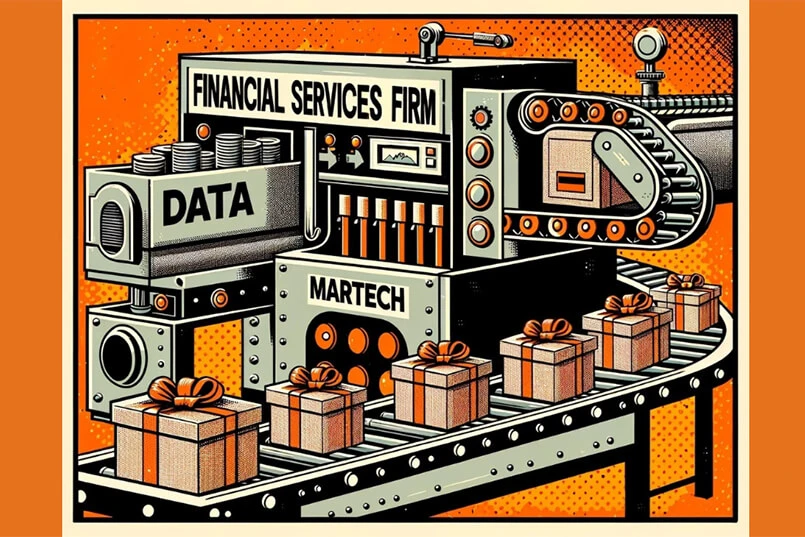Client Category: – Automotive
Challenging Problem:
The client’s roster of agencies had reached twenty-strong, with no discernible operating model and with each agency competing with the others for budget and influence. The marketing team was working over capacity simply to manage the agency relationships and maintain a minimum level of communication and collaboration across the roster.
Creative Solution:
TrinityP3 identified the marketing requirements of the business and the skill sets in the current roster, in order to:
1. Align requirements.
Matching specific marketing requirement to the most suitable and experienced skill sets in the roster.
2. Improve efficiency.
Removing duplicated agency roles and capabilities, optimising levels of agency strategic and management resource across the roster, ensuring that the most valuable agency contributions to the success of the business were not lost from the roster.
3. Introduce a workable roster model.
Define and establish a lead agency model, so that strategic and creative responsibilities become clear, collaboration between agencies can be genuine where required and non-competitive, and the roster as a whole brings unified and properly considered recommendations to the client team.
4. Establish a workable financial model.
Ensure that critical agency partners can make a profit from working on the business and putting their best resources forward, and removing competition for budget as a driver for roster agencies.
Process:
After an initial assessment of the business objectives, marketing requirements, roster capabilities and working processes, a lead agency model was developed and introduced.
The client team felt at this point that it was important to run a pitch for the lead agency role. Once this was completed, the number of agencies on the roster was reduced to 4 according to capability and contribution.
A robust financial model was then negotiated to ensure profit for the agencies and value for the client team. Finally terms of engagement, roles and working practices were agreed between the agencies on the new roster.
Timeline:
The work was completed in several stages over ten months.
Result and feedback:
The client marketing team has remained the same size, but now has significantly more time and resource available to make a long-term difference to the success of the business.
The roster model is felt by the entire organisation to be far more responsive and nimble, and is already seen to be rising to the significant challenges faced by the business.
The client is saving more than $1m a year in agency costs, whilst benefitting from the new roster’s more focused strategic recommendations and more powerful creative output. The agencies on the new roster are assured of a profitable and long-standing relationship with the client team.




